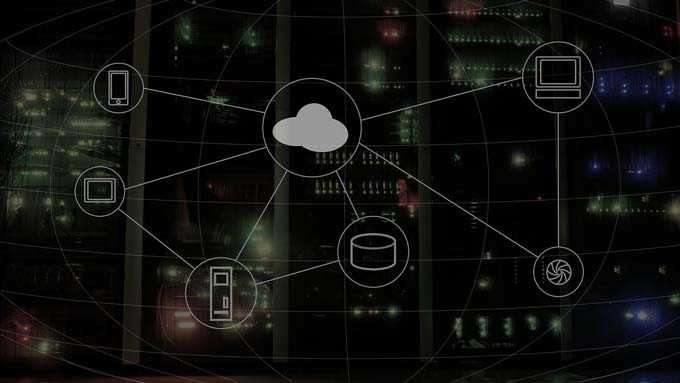IT managers move their PAM solution to the cloud
Keeper Security, a provider of zero-trust and zero-knowledge solutions for protecting credentials, privileged access and remote connections, has released the results of the Keeper Security Insight Report "Cloud-based Privileged Access Management". The report examines what IT and security managers expect from a PAM solution and the benefits of moving away from on-premise installations.

PAM is a must-have, but on-premise solutions cause problems
PAM solutions provide extensive control over the activities of privileged users - protecting against unauthorized network access and mitigating insider threats. However, traditional PAM solutions are complex and expensive, making adoption difficult. According to a recent study by Keeper, 56 percent of IT leaders have attempted to implement a PAM solution, but have not completed the implementation. 92 percent of respondents cited excessive complexity as the main reason.
"The complexity and high cost of traditional on-premise PAM solutions pose significant challenges for IT and security professionals," said Craig Lurey, CTO and co-founder of Keeper Security. "However, securing privileged access to accounts that protect sensitive systems and data is critical. Moving to cloud-based solutions that are easier to deploy provides more efficient and seamless cybersecurity coverage, with better security outcomes."
Cloud-based solutions are the trend among IT managers
With the increased shift of enterprise applications to the cloud and the search for affordable, comprehensive solutions, users' tolerance for expensive, inconsistent security tools is decreasing. More than half (60 percent) of organizations with on-premises PAM solutions confirm that they are unable to achieve their goals. This is due in part to the fact that 85 percent of organizations require dedicated staff to manage and maintain their on-premises PAM solutions - an unreasonable expense in the face of tightening budgets.
On-premises solutions are both outdated and costly. The move to cloud-based PAM solutions, on the other hand, represents a strategic focus on the evolving security and budget requirements of today's organizations. This is reflected in the fact that 82 percent of respondents said they would be better off moving their on-premises PAM solution to the cloud; only 36 percent of IT leaders believe that an on-premises PAM solution makes sense, citing the current economic climate. As macroeconomic pressures could tempt companies to cut their security budgets, affordable and easy-to-maintain platforms are crucial.
Cloud-based solutions offer user-friendliness and increased security
In the wake of digital transformation and increasing cybersecurity threats, the need for robust PAM solutions is growing. Moving PAM to the cloud provides a higher level of security through advanced encryption, multi-factor authentication (MFA) and continuous monitoring.
The three most important advantages that respondents expect from a PAM solution are:
- Protection against compromise of privileged credentials by external threat actors (58 percent)
- Management and monitoring of privileged user access (58 percent)
- Prevention of data breaches (48 percent)
Further advantages are:
- Updating privileged user access and preventing "privilege creep" (46 percent)
- Protection against accidental or intentional misuse of privileged access by company insiders (47 percent)
- Increasing visibility and awareness (43 percent)
- Prevention of phishing attacks (35 percent)
Cloud service providers invest heavily in securing their infrastructure to ensure a protected environment. Therefore, organizations should look for solutions based on a zero-trust and zero-knowledge architecture to ensure the highest level of security, privacy and control over their data. By using cloud-based PAM solutions, companies can strengthen their defenses at a time when privileged access management is essential.
Source: www.keepersecurity.com









